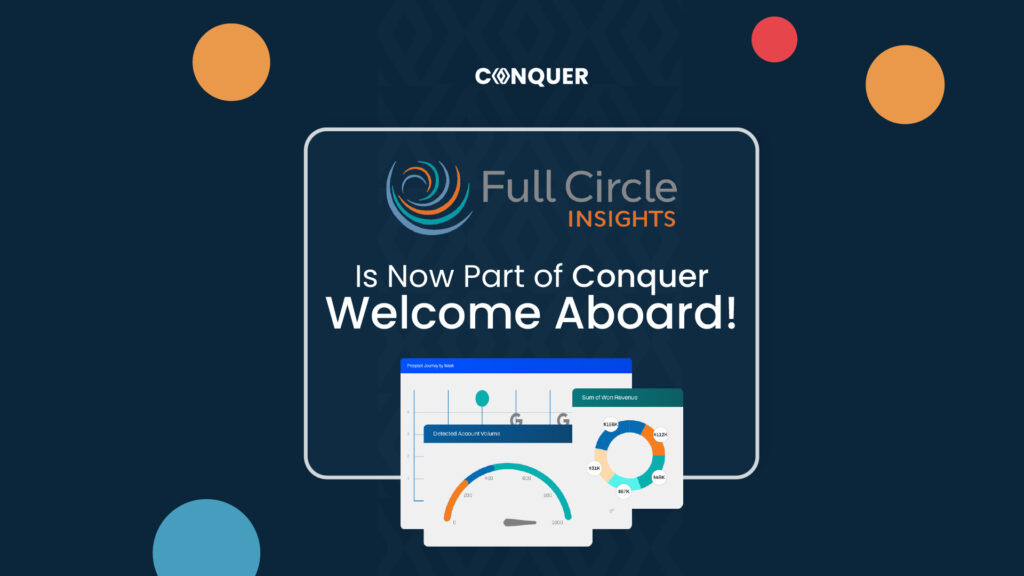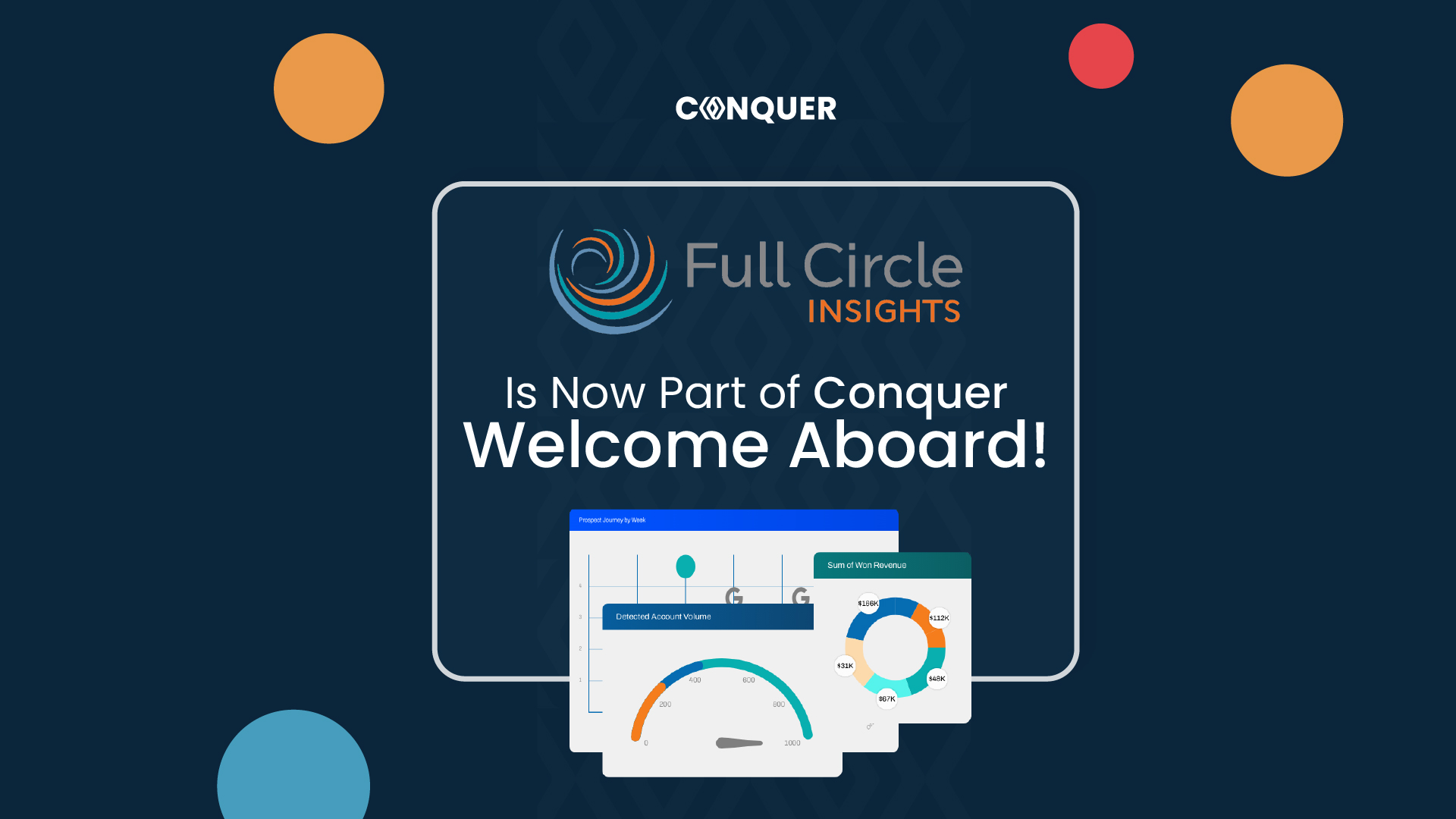1. Track All Activity in the CRM
One global consulting firm estimates that about a third of all sales tasks can be automated. Consequently, the first step for any modern revenue team leveraging automation should be to automate data entry into the CRM. Data is the lifeblood of a sales organization, so it is critical to accurately track all customer interactions to use that valuable data in improving communication and outreach.
Sales engagement platforms are often used to automate data entry for sales reps both to remove the manual burden from reps as well as to maintain an accurate database. This data collection can then be leveraged when creating a new sales strategy. Important pipeline metrics to track include pipeline value, number of deals, average sales cycle length, and lead response times.
2. Workflow Automation
Guided selling solutions can take the manual burden off reps with small enhancements that add up to huge time savings, chiefly through workflow automation. A key example of this type of automation is “screen pop”, which automatically brings up the record associated with an inbound caller.
Another example is automatically loading up a pre-selected email or text messaging template when a customer has reached a specific step of a sales cadence. This type of automation allows a rep to focus on what they actually want to do, sell, rather than worrying about manual processes and administrative tasks.
3. Deal Stage Progression
Any sales rep who has worked inside a CRM system before knows the hassle of manually updating deal stages across the customer lifecycle. Native sales engagement platforms and other sales force automation tools can help organizations streamline deal stage progression through automation. For example, a rep may log a positive call disposition following a great conversation by clicking “Meeting Booked”, triggering an automated flow to log that activity back to the record and moving the deal to the demo stage of the pipeline with a single click.
Automating this step of the sales process not only ensures that nothing falls through the gaps due to a sales rep’s forgetfulness but also helps with rep churn – 89% of workers report greater satisfaction with their job due to automation, giving them time back and a better work-life balance.
4. Guided Selling and Decision Points
Guided selling provides many useful benefits through automation beyond data collection.
One example is the use of automation within cadences. “Decision points” act as automation triggers at critical junctions in a cadence. For example, a decision point may be set after an email is sent out to a potential customer. If the email is replied to within a week, that customer will automatically advance to the next step of the cadence, such as a phone call.
If a week goes by without a reply, that customer will automatically be unqualified and removed from the cadence or switched to a nurture cadence.
Decision points offer flexibility in responding to and serving customers without a rep needing to lift a finger. As customers and employees both continue to expect a more streamlined selling experience, leveraging functionality in this way will be critical for a successful revenue team.
75% of organizations with workflow automation report saving 4+ hours of time per 40-hour work week, giving their employees greater time for strategic work with fewer manual tasks.
5. AI and Automation
AI has only risen as a priority for organizations in the past few years, as Salesforce reports that 78% of IT and engineering leaders plan to leverage AI in their workflow automation, either currently or in the future. Customers today expect streamlined interactions when buying, with 80% of customers claiming that their buying experience is just as crucial as the product or service they are purchasing. AI is a vital technology for serving their needs, such as through a chatbot on a website that ensures customer requests are met in a timely manner even when no rep is available.
90% of sales reps argue that it’s important to anticipate customer and prospect needs given the current economic conditions. It’s never been more important to understand your customer’s pain points. By “listening” for keywords or topics to be mentioned during a sales call, such as industry or competitor names, AI battle cards can ensure that you are always armed with the right information at the right moment, providing you with key insights into a customer’s situation.
Automation is crucial for sales organizations to satisfy both their customers and their sellers. Guided selling solutions help provide automation that leads to a more productive seller, as well as a more accurate and repeatable sales process.
Learn how we help enterprise sales teams automate and Conquer their workflows. Book a demo today.








